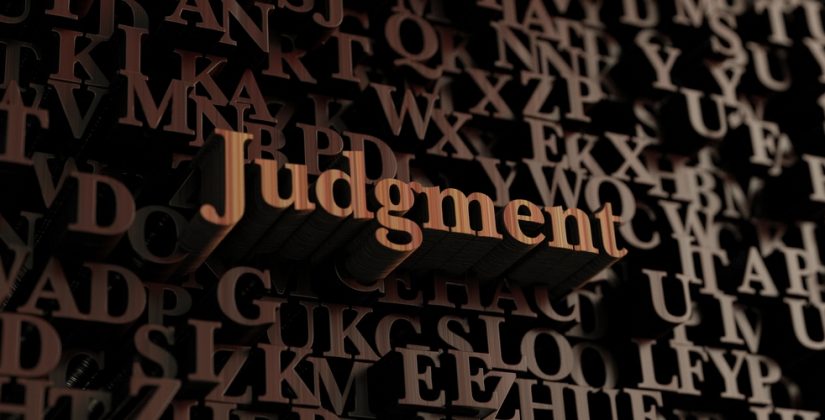Changes to Neutral Citations for Family Court and Court of Protection
An update on the publication of judgments… Continue reading about Changes to Neutral Citations for Family Court and Court of Protection

The National Archives, who are now the official publishers and distributors of senior court judgments in England and Wales, have been reissuing judgments from the Family Court and the Court of Protection, with an updated version of the neutral citation reflecting the status of the judge giving the judgment.
Both courts operate at a variety of levels of judicial seniority, with hearings before High Court judges, circuit judges and district judges. The purpose of the change appears to be a need to distinguish judgments by High Court judges, which can be cited as binding precedent, from those by other judges, which are published for reasons of transparency and current awareness but not in order to furnish legal precedents.
The new Family Court citations add a (B) after the case number (shown here as #) for any decision not made by a High Court judge. The two forms are:
- High Court judges: [2024] EWFC #
- Circuit and District Judges: [2024] EWFC # (B)
The new Court of Protection citations add (T1), (T2) or (T3) after the case number according to whether the judge is a district, circuit or High Court judge. (The T stands for Tier.) The three forms are:
- High Court judges: [2024] EWCOP # (T3)
- Circuit judges: [2024] EWCOP # (T2)
- District judges: [2024] EWCOP # (T1)
At the moment, The National Archives’ judgment website, Find Case Law, filters judgments by court but not by tier. However, we understand that the additional B or T elements will enable additional filters to be used in searching or browsing at some point in the future, perhaps when they upgrade the platform from its current “alpha” status. You can find out more about their service here.
Previously (until April 2022) the official archive of judgments for England and Wales was the British and Irish Legal Information Institute (BAILII) and it remains so for other jurisdictions in the British Isles, including Scotland, Northern Ireland and the Republic of Ireland. BAILII used to add a B before the case number where a citation had not been assigned by the court, including for non-High Court judgments in the Family Court. That may explain why the letter B was adapted for this purpose.
It is not clear whether the old B-type judgments from Bailii will be republished on Find Case Law. We await an answer on that. (NB. Unofficial BAILII citations for cases predating the official commencement of neutral citations in 2001 do not incorporate a B. Just to B confusing…)
In the meantime, ICLR will continue to republish all judgment transcripts published on Find Case Law (dating back to 2001), along with other unreported judgments from the European Court of Justice (since 1956), the Competition Appeal Tribunal (since 2001), the ecclesiastical courts, and other sources. So you can confidently use ICLR to search for any of this content, alongside all our published law reports and digests dating back to 1865.
Learn more:
- Neutral Citations
- What’s the difference between a “law report” and a “transcript”?
- Can a case be a precedent if it hasn’t been published?
Image: Shutterstock.